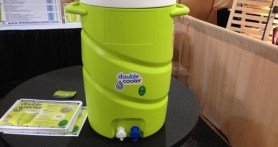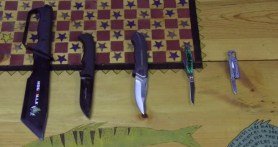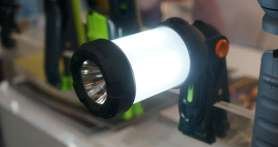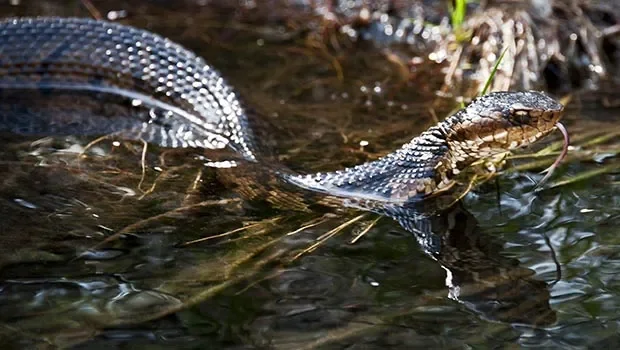

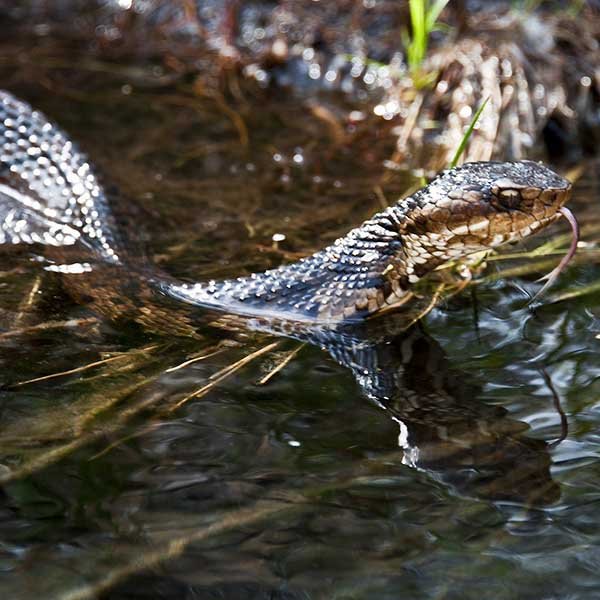
When Midwesterners and New Englanders venture into the woods or onto the water they normally don’t give venomous snakes a second thought. Except for some very localized exceptions (like the summit of New York’s Overlook Mountain that’s home to a den of approximately 75 rare Timber Rattlesnakes), there’s little chance they’ll cross paths with a venomous snake close to home.
Southerners, however, develop a second sense about snakes any time they are outdoors, especially in the summer months when the reptiles are most active. In much of the South, especially the country of the Lower Mississippi River, there are at least four kinds of native venomous snakes out and about including rattle snakes, copperheads, cottonmouth moccasins, and coral snakes.
While snakes generate deep-seated fear in many, awareness of snakes is a more reasonable approach. So much “survival” training talks about what to do once you’re bitten by a poisonous snake, but more attention should be paid to avoid being bitten in the first place.
Look First
The Number One Rule for avoiding a bite from any kind of snake is to never put your hand or your foot anywhere you can look first. That means stay out of tall, thick grass. Look, and perhaps even probe with a walking stick, before you step over a deadfall or large rock. Never reach into a hole in the ground or a tree hollow without thoroughly looking it over first. (Geocachers, this means you!)
Learn Where Snakes Hang Out
Rocky ledges and rock piles are favorite rattlesnake haunts. Copperheads are camouflaged perfectly to hide in fallen leaves. While cottonmouths are water snakes, they spend a ton of time sunning on limbs overhanging the water, on small islands of debris in the swamp, and under overturned boats on river banks. Coral snakes can be encountered nearly anywhere in their range but are not nearly as aggressive or apt to bite as their viper cousins, but their venom is the most potent.
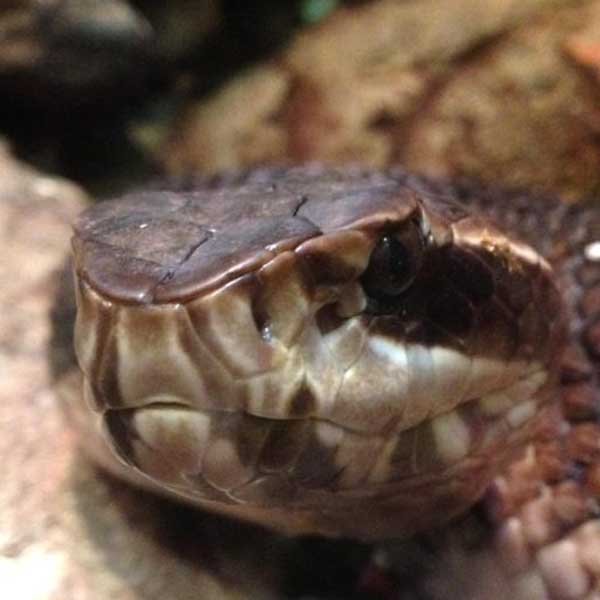
Keep Your Pets Close
While there are pet vaccinations against venom and specialized snake avoidance training, the best bet is to keep your pet on a short leash when walking in snake country – which is actually most all of the states west of the Mississippi River and south of Central Illinois and Indiana. When a dog is bitten by a snake, it’s even more dangerous than when a human sustains a bite because their body mass is usually so much smaller.
Think Snakes When on the Water
Because cottonmouths spend so much time sunning on limbs just above the water, canoeists and kayakers can be in for an unwelcome surprise in snake country. When a moccasin senses danger it responds by dropping into the water and swimming away to escape. If your canoe or kayak is under that snake when it drops – things get really exciting really fast! Best advice is to try to avoid poking your boat underneath low-hanging branches. And if you must go there for some reason, make a ruckus going in to give the snake advanced warning of your approach and plenty of time to depart before you get there.
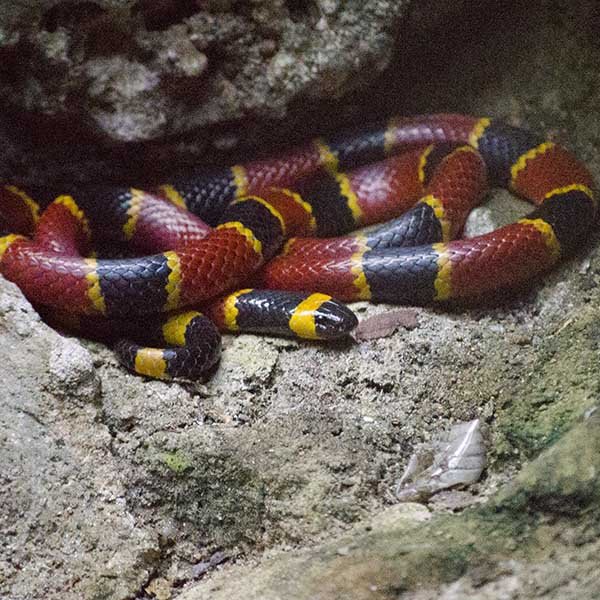
Learn To Identify Snakes
Certainly you an avoid an encounter with a venomous snake by learning which are venomous and which are not. There are definitive differences in their appearance. For example the rhyme about coral snakes – “Red against black is a friend of Jack. Red against yellow will kill a fellow.” That means the snake that looks like a coral snake but has it’s red stripes next to its black stripes is non-poisonous. The poisonous coral snake’s yellow stripes are next the black stripes.
While all this may be true, the surest way to avoid a bite is to turn around and go the other direction as soon as you see something that could possibly be



